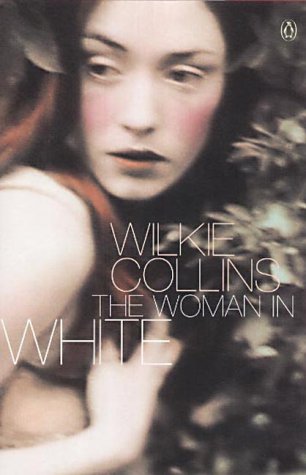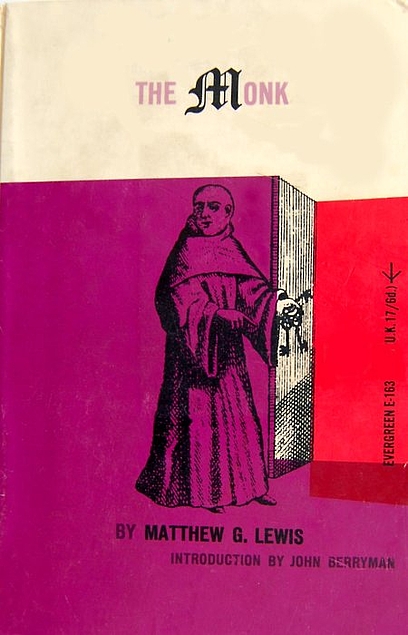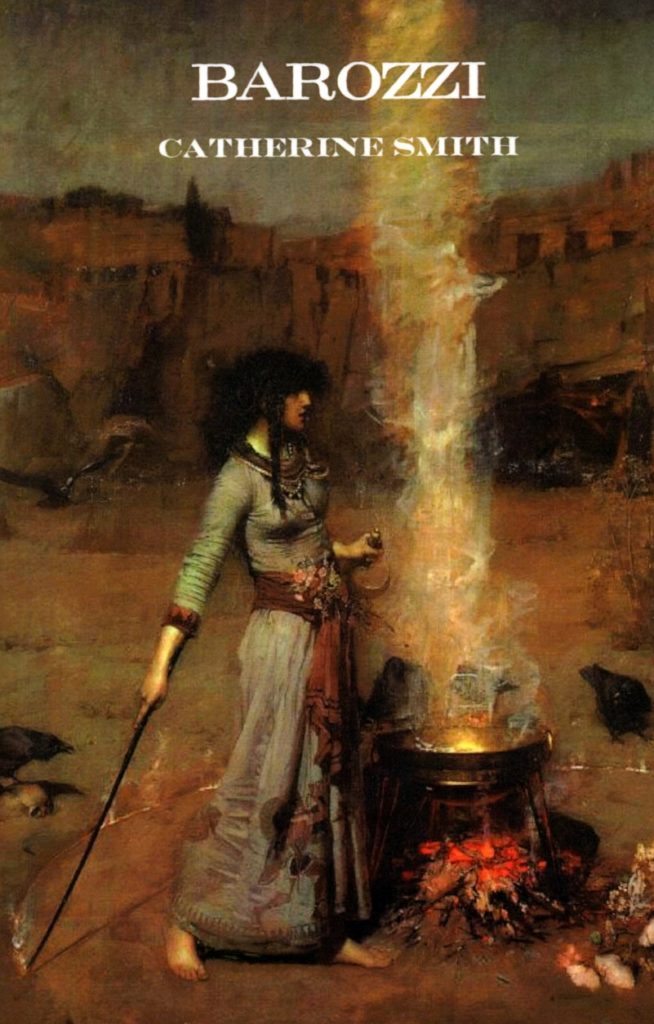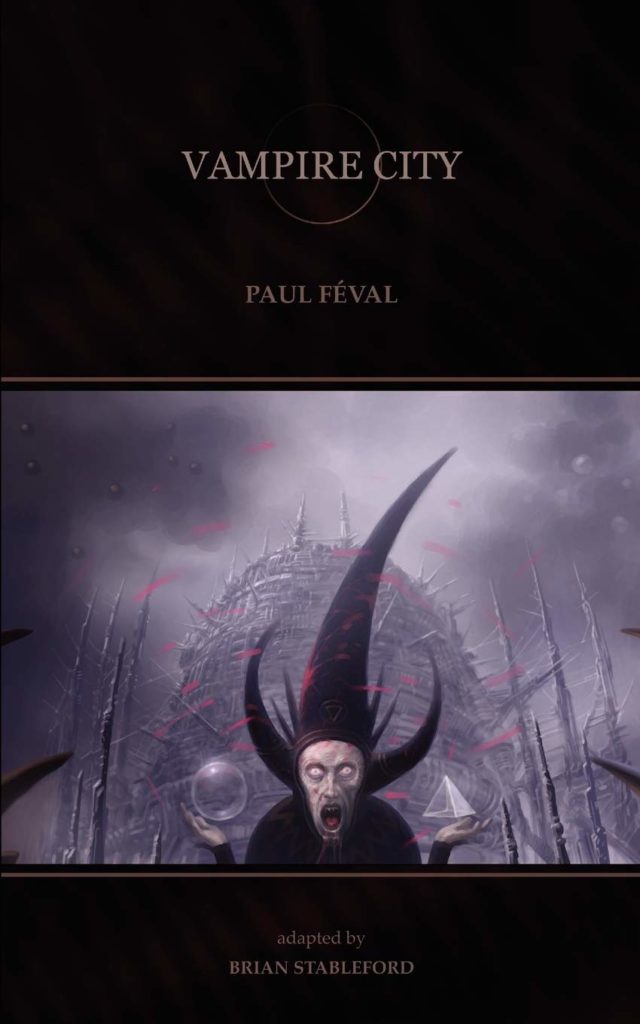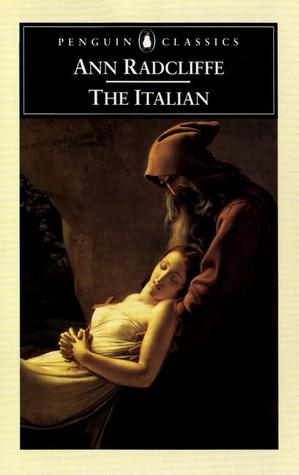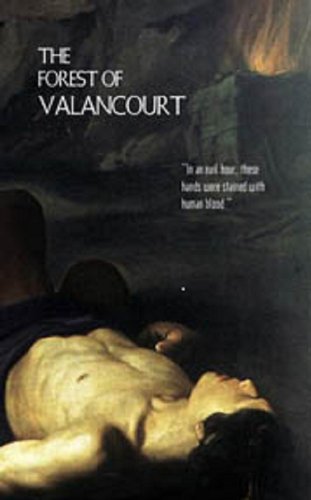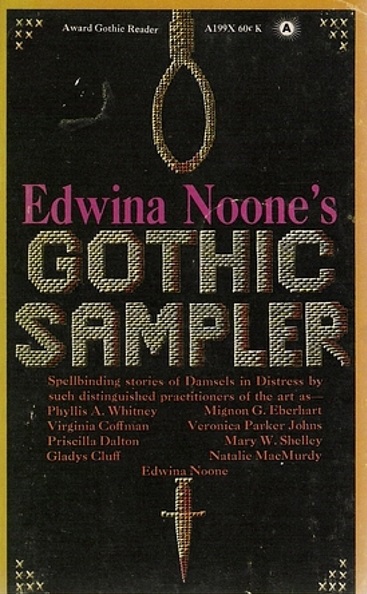In 1791, while George Washington served his second year as president and politicians were preoccupied with drafting something called the Bill of Rights, readers across the pond devoured Ann Radcliffe’s hotly anticipated new novel The Romance of the Forest. If foreign affairs consumed their mind, these thoughts were easily vanquished to a fictional world of chilling melodrama and gothic romance.
Radcliffe wasn’t yet a household name—she would become one with her next novel, however—but the majority of literate society was familiar with A Sicilian Romance (1790) which was published only months earlier. This new novel, printed over three volumes, was longer, spookier, more atmospheric and more heart-pounding than her last. No surprise that it became an instant bestseller.
I suspect my reaction, 200+ years later, is similar to Radcliffe’s original audience: YES!!!! This story has everything I want and more. Can’t wait to read her next book!
Read more “Ann Radcliffe – The Romance of the Forest (1791)”
